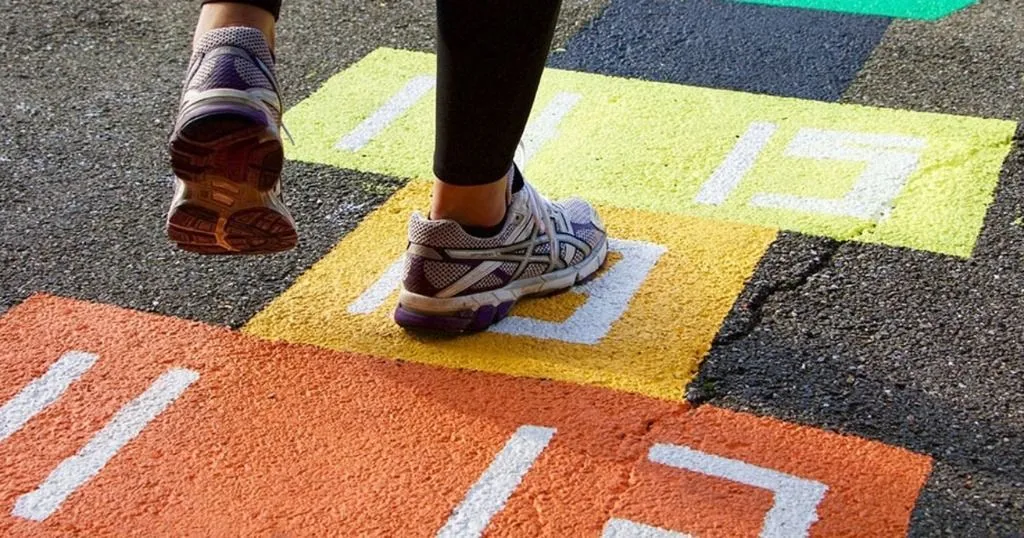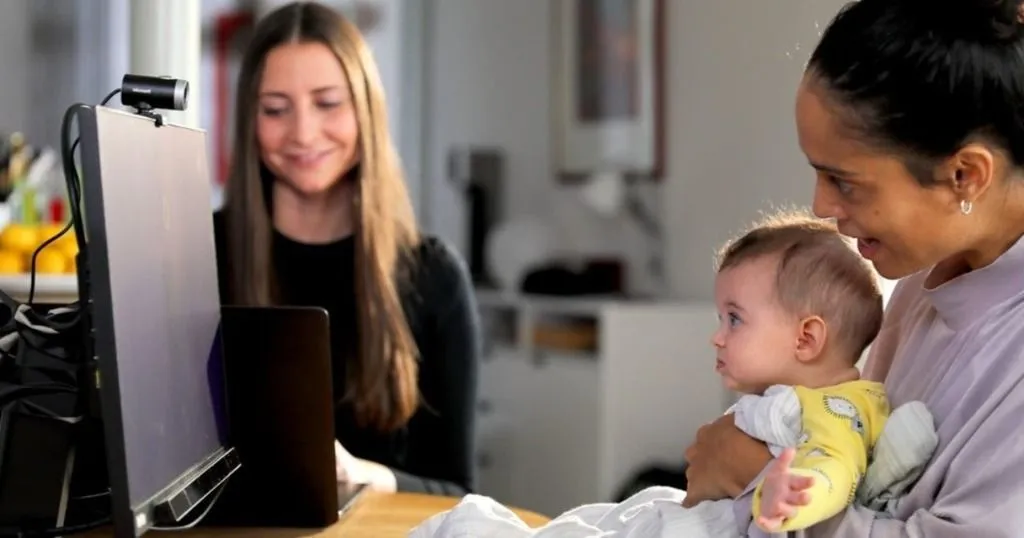Improving social communication skills in children with ASD
Many children with ASD suffer from deficits in social communication and interaction, especially with peers. They participate in fewer social interactions than typically developing children.
Posted by
Published on
Sun 02 Apr. 2017
Topics
| Autism | Communication | Social Communication | The Observer XT | Video Observation | Child Development | Developmental Disorder |

An important annual moment is World Autism Awareness Day. It is organized to raise awareness on this developmental disorder and all its associated difficulties, and especially the opportunities out there for people with Autism Spectrum Disorder (ASD). Since the event’s inception in 2008, autism awareness and research around the world has increased as a result.
Reciprocal communication in children with ASD
Researchers Qualls and Corbett of the Vanderbilt University in Nashville, TN, USA, conducted a study to examine social communication in children with ASD [1]. They used the social communication scale of the gold-standard diagnostic measure ADOS (Autism Diagnostic Observation Schedule) to predict reciprocal communication in children with ASD.
The ADOS is a semi-structured observation. The examiner provokes social, communicative, stereotyped, and play behavior to detect behavior that might indicate autism. Depending on the selected module, this can vary from pretend play with dolls and play peekaboo with a young child to making a puzzle with abstract figures and having a discussion about emotions with an adult.
Struggling in participating
Characteristics for ASD are deficits in social communication and interaction, especially with peers, as well as restricted interests and repetitive behaviors. Due to these deficits, many children with ASD participate in fewer social interactions than typically developing (TD) children. They struggle more with participating when they try to interact, and seem to be less aware of their social difficulties. These challenges often lead to difficulty forming friendships.
“It's as if everybody is playing some complicated game and I am the only one who hasn't been told the rules.” [2]
Assessing skills and deficits as shown in daily life
The diagnosis of ASD is based solely on observable traits. To effectively and accurately indicate a diagnosis, it is necessary that subjects demonstrate the same skills and deficits during the assessment as they show in daily life. The ADOS is a good tool for this. However, observing interactions in natural environments, such as during informal play with peers, seems to be best. Play is extremely important, since it allows children to develop new skills through trial and error.
That’s why Qualls and Corbett used the Peer Interaction Paradigm (PIP) in their study as well. PIP allowed them to observe social exchanges between children with and without ASD in a naturalistic playground setting.
Measuring peer interaction
During Qualls and Corbett’s study, thirty children with ASD (8 – 12 years old) made two visits, one for an assessment in which the ADOS and other neuropsychological measures were administrated, and the other consisting of the Peer Interaction Paradigm (PIP). With remotely controlled cameras and microphones concealed in a waist pack, the researchers made audio and video recordings of the 20-min sessions. The researchers monitored the interactions from the lab inside the building, which allowed the children to play more naturally.
Each interaction involved three children: two typically developed children, with one being the same age and gender as the participant, and a child with ASD. The sessions consisted of periods of independent free play and invited play.
The parents filled in two questionnaires (Social Communication Questionnaire (SCQ) and the Social Responsiveness Scale (SRS)) about the child’s current and past behavior, the child’s ability to repay a favor, gift, or invitation, and the child’s social communication. These tools allowed for better coding of human behavior.
Coding reciprocal verbal exchange and self-play
The researchers used the variables verbal bout (reciprocal verbal exchange between two or more children), and self-play (independent play with a toy or object alone but in presence of others) to determine social communication and interaction. They used The Observer XT to complete the analysis of the interaction observation data and conduct reliability analysis. With this software tool, behaviors of multiple subjects can be coded simultaneously with temporal accuracy down to the hundredth of a second.
FREE TRIAL: Try The Observer XT yourself!
Request a free trial and see for yourself how easy behavioral research can be!
- Work faster
- Reduce costs
- Get better data
Naturalistic video observations capture children as they really are
This study is the first to compare scores of social communication of the ADOS to peer communication in a structured, natural setting. The results indicate that these scores were predictive of reciprocal social communication in a natural playground setting for children with ASD. This positive outcome allows the clinician to make appropriate recommendations for social skills training. After all, good social skills can improve and maintain relationships, as well as help to make friends.
References
- Qualls, L.R. & Corbett, B.A. (2017). Examining the relationship between social communication on the ADOS and real-world reciprocal social communication in children with ASD. Research in Autism Spectrum Disorders, 33, 1-9.
- Sainsbury, C. (2009). Martian in the Playground: Understanding the schoolchild with Asperger's Syndrome.
Related Posts

Direct observations help develop effective interventions in adolescence
